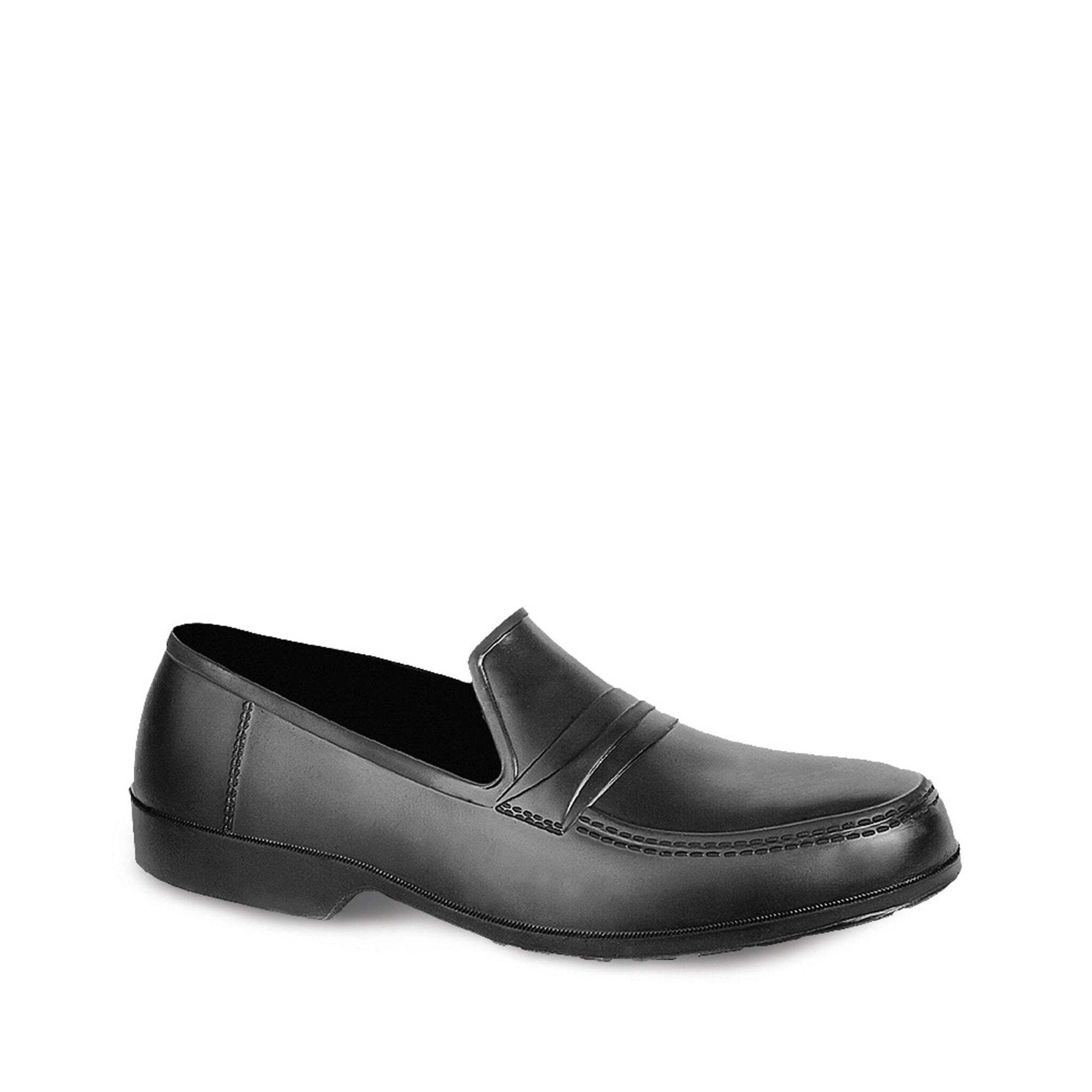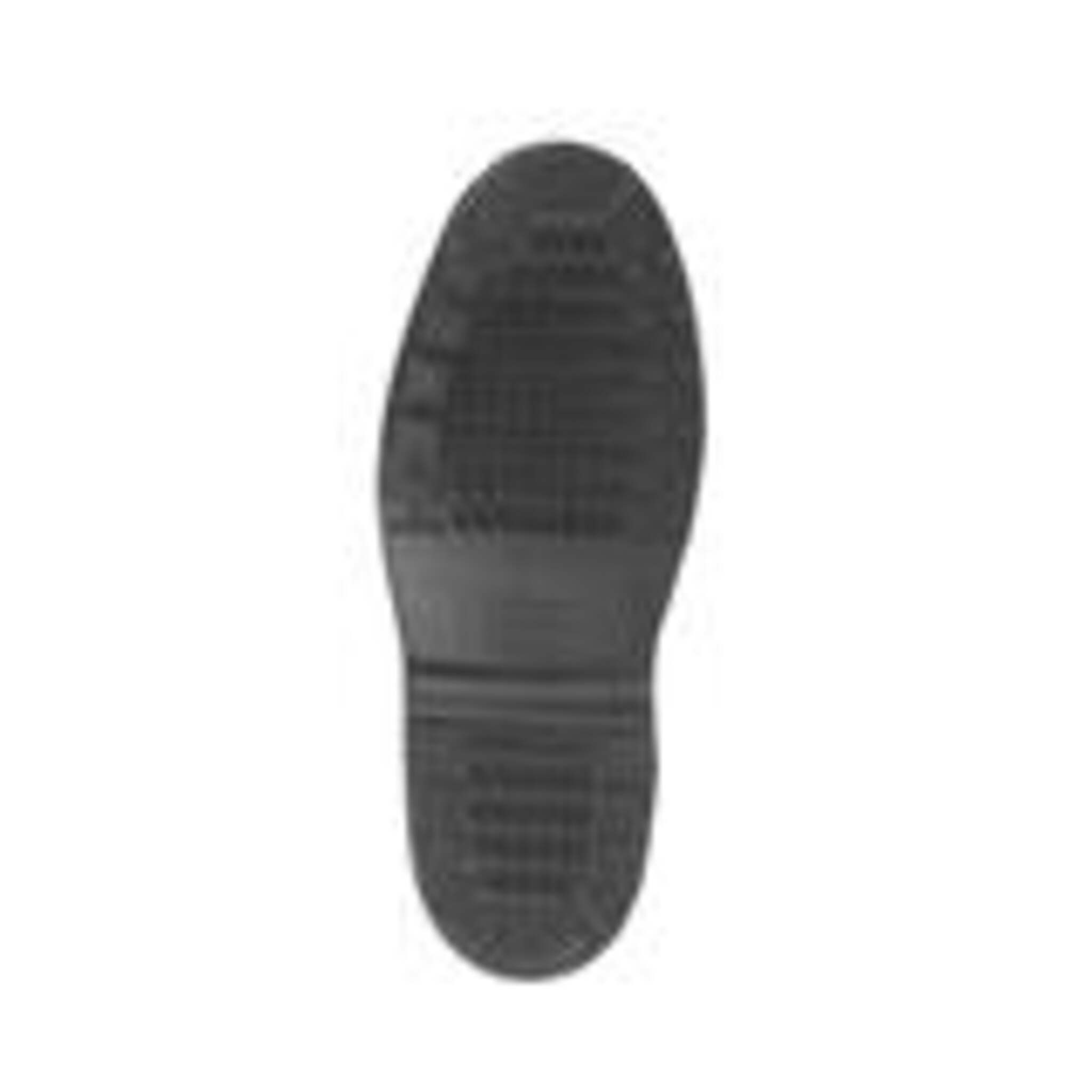Categories
- Shop All (5583)
-
-
- Hi-Vis Chainsaw Safety (14)
- Hi-Vis Coveralls and Overalls (25)
- Hi-Vis Hoodies and Shirts (49)
- Hi-Vis Jackets (35)
- Hi-Vis Pants (21)
- Hi-Vis Rain Wear (47)
- Hi-Vis Vests (51)
- Winter Hi-Vis Bombers and Parkas (25)
- Winter Hi-Vis Coveralls and Overalls (22)
- Winter Hi-Vis Hoodies (4)
- Winter Hi-Vis Pants (3)
- Winter Hi-Vis Vests (6)
-
- Bib Overalls (10)
- Bombers and Parkas (16)
- Coveralls and Overalls (18)
- Disposable Garments (12)
- Flannel and Plaid Work Shirts (20)
- Heated Work Wear (7)
- Hoodies and Sweaters (11)
- Industrial Rainwear (49)
- Pants and Shorts (60)
- Shirts and Sweaters (33)
- Thermal Underwear (36)
- Vests (17)
- Work Jackets (74)
-
-
-
-
- Brooms (2)
- Dust Mops (0)
- Dust Pans and Brushes (4)
- Flow Thru Tools (2)
- Microfiber Mops (0)
- Pool and Tank Tools (2)
- Scrubbers and Scrapers (1)
- Soap and Sanitizer Dispensers (0)
- Sprayers (1)
- Squeegees (1)
- Toilet Brushes and Plungers (3)
- Trash Cans & Bags (8)
- Wet Floor Signs (0)
- Wet Mops and Buckets (4)
-
- Bars and Prying Tools (21)
- Bolt Cutters and Shears (17)
- Chisels and Punches (9)
- Combination Hand Tool Sets (12)
- Extractors (13)
- Files (6)
- Gear Pullers (14)
- Hammers and Mallets (14)
- Hand Saws (22)
- Hex Keys (12)
- Layout and Distance Lasers (1)
- Marking Tools (1)
- Measuring Tools (26)
- Pliers (56)
- Precision Measuring and Testing Tools (24)
- Propane Torches (8)
- Screwdrivers and Nutdrivers (22)
- Sockets (66)
- Tap and Die Sets (11)
- Tool Boxes (27)
- Utility Knives (14)
- VDE Tools (7)
- Wire Cutters and Strippers (14)
- Wrenches (22)
-
- Beveling and Deburring (17)
- Curb and Valve Keys (20)
- Drilling and Tapping (12)
- Extended Impact Sockets (3)
- Flaring and Rerounding (7)
- General Pipe Working Tools (23)
- Guillotine Pipe Cutters (2)
- Hydrostatic Test Pumps (12)
- Internal Pipe Cutters (6)
- Manhole Testing (4)
- PE Peelers (8)
- Pipe Reamers (4)
- Pipe Threading (17)
- Pipe Wrenches (24)
- Plastic Pipe Joint Kits (4)
- Plastic Pipe Saws (5)
- Power Drive (13)
- Quick Release Cutters (15)
- Ratchet Shears (9)
- Ratcheting Wrenches (12)
- Rotary Cutters (3)
- Shut Off Tools (9)
- Soldering Torches (3)
- Vises (7)
-
- Angle Grinders (6)
- Batteries and Chargers (18)
- Bench Grinders (7)
- Circular Saws (3)
- Combo Tool Kits (10)
- Cordless Fans (6)
- Cordless Lighting (15)
- Cut Off Saws (4)
- Drills and Drivers (8)
- Grease Guns (3)
- Impact Drivers (5)
- Jobsite Radios and Speakers (8)
- Lifestyle (7)
- Mitre Saws (2)
- Reciprocating Saws (4)
-
- Angle Grinder Wheels and Brushes (23)
- Bench Grinder Wheels (7)
- Circular Saw Blades (11)
- Drill and Driver Bits (26)
- High Speed Gas Saw Blades (3)
- Holesaws (11)
- Impact Sockets (25)
- Jig Saw Blades (2)
- Oscillating Multi Tool Blades (1)
- Portable Chop Saw Blades (4)
- Power Tool Storage (5)
- Reciprocating Saw Blades (8)
-
-
-
-
- Air Fresheners (2)
- All Purpose Cleaners (19)
- Bowl and Washroom (8)
- Coffee and Breakroom (19)
- Degreasers (3)
- Dishwashing (4)
- Disinfectants and Sanitizers (1)
- Drain Openers (7)
- Hand Cleaners (10)
- Laundry Cleaners (10)
- Paper Products and Wiper Rags (24)
- Scale Removers (4)
- Urinal Pucks and Liquids (5)
- Wet Wipes (2)
-
-
- Ball Valves (13)
- Black and Galvanized Steel Fittings (16)
- Bronze Pipe Fittings and Nipples (13)
- Butterfly Valves (4)
- Check Valves (18)
- Flexible Connectors (4)
- Gate and Globe Valves (5)
- Knife Gate Valves (9)
- Pipe Fitting Accessories (4)
- Schedule 80 PVC Fittings (27)
- Stainless Steel Fittings and Valves (24)
- Victaulic Grooved Fittings (23)

Rubber Work Boots
42 products
Showing 1 - 24 of 42 products






Rubber Work Boots: Reliable Protection for Challenging Work Environments
Rubber work boots are durable, waterproof, and chemical-resistant footwear ideal for workers in agriculture, construction, and industrial environments. Designed to protect against hazards such as wet conditions, harsh chemicals, electrical risks, and extreme temperatures, they offer safety, comfort, and long-lasting wear. Choosing the right pair involves evaluating job-specific risks, ensuring a proper fit, and verifying safety compliance. Proper care—like regular cleaning, inspections, and correct storage—extends their lifespan. Widely used across various industries, rubber work boots are essential for maintaining foot safety and comfort in demanding work settings.
Types of Rubber Work Boots
Economical Rubber Work Boots
- Economical Rubber Work Boots are an affordable option made from PVC or lower-cost rubber materials, offering basic waterproof protection and slip resistance. Lightweight and flexible, these boots are ideal for light-duty tasks where hazards are minimal, such as gardening, light warehouse work, or general outdoor chores. They usually lack advanced features like steel toes, insulation, or chemical resistance, making them best suited for occasional use or environments that don’t demand intensive safety gear. Their low price point makes them attractive for budget-conscious buyers needing decent durability without heavy-duty performance.
Heavy-Duty Rubber Work Boots
- Heavy-Duty Rubber Work Boots are built for demanding environments like construction sites, farms, and industrial workplaces. Made from high-quality natural rubber or nitrile, these boots are equipped with safety features such as steel or composite toe caps, puncture-resistant soles, and insulation for cold weather. They also resist aggressive chemicals like oil and manure, making them suitable for harsh and hazardous conditions. Though heavier than economical options, their superior durability, traction, and protective qualities make them a reliable choice for full-time workers needing long-lasting performance and maximum safety.
Overshoes
- Overshoes are designed to slip over regular footwear, offering convenient, temporary protection from water, mud, and mild chemicals. Lightweight and easy to store, they’re perfect for workers who need to transition between clean and dirty environments or who face occasional wet conditions. Available in slip-on or buckle styles, some overshoes even come with steel toes for added protection. Ideal for inspectors, delivery workers, and maintenance crews, overshoes provide waterproof coverage without the need to change footwear completely, making them a flexible solution for on-the-go use.
Safety Waders
- Safety Waders are tall rubber boots that extend to the hips or chest, engineered for use in deep water, mud, or environments with chemical exposure. Made from durable, waterproof materials like natural rubber and often lined with neoprene for warmth, they offer advanced protection with steel toes, puncture-resistant soles, and adjustable straps for comfort. Commonly used in fishing, agriculture, sewage treatment, and environmental cleanup, safety waders shield the entire lower body from hazardous elements and are essential for workers who spend prolonged periods in wet or contaminated conditions.
Explore Rubber Work Boots at Our Canadian Warehouse
Ranpro Men's Airlok Waterproof Safety Work Boots
The Ranpro Men's Airlok Waterproof Safety Work Boots are CSA-approved and designed for extreme cold, with insulation that protects down to -20°C. Built from durable, lightweight materials, they feature slip-resistant soles for stability on wet or slick surfaces and a vibrant green design for enhanced visibility. Ideal for harsh winter work environments, these boots offer reliable protection, comfort, and a wide size range from 6 to 15, making them a trusted choice for professionals in demanding conditions.
Dunlop Men's Work Boots PVC Steel Toe with Antislip Outsole
The Dunlop Men's Work Boots PVC Steel Toe with Antislip Outsole are designed for safety, comfort, and durability in tough work environments. Featuring a seamless injected-moulded PVC construction, steel toe cap, anti-slip outsole, and ASTM certification, these boots provide reliable protection against impact and slips. Additional features like a steel shank, removable cushioned insole, and adjustable cut-off band ensure all-day support and a customizable fit, making them an ideal choice for demanding jobs.
Dunlop Men's Safety Work Boots Workpro Full Snugboot
Dunlop Men's Safety Work Boots Workpro Full Snugboot are waterproof, insulated, and designed for extreme comfort and protection in harsh work environments down to -20°C (-4°F). With features like a 15.5” height for superior ankle support, SRC-rated slip-resistant outsole, non-conductive toe, puncture-resistant plate, chemical resistance, and breathable PUROTEX upper, these lightweight boots meet CSA Z195 and ASTM F2413 safety standards. They also include a removable insole, antibacterial treatment, and a precision Snugfit design for all-day wearability, making them a trusted choice for professionals worldwide.
FAQs
1. Can I use rubber work boots in extreme heat conditions?
Rubber work boots may not be the best choice for extreme heat conditions, as they can retain heat and cause discomfort. In such cases, it is advisable to consider work boots with breathable materials and ventilation features suitable for hot environments.
2. How do I determine the correct size for rubber work boots?
To determine the correct size, measure your feet using a ruler or measuring tape. Compare the measurements to the manufacturer's size chart for the specific work boot brand and style you are interested in. Consider the width as well, as some individuals may require a wider fit for optimal comfort.
3. Can I wear rubber work boots for long hours without discomfort?
Rubber work boots, when properly selected for fit and comfort, can be worn for long hours without significant discomfort. However, it is important to consider factors such as the cushioning and support provided by the insoles, as well as the individual's unique foot anatomy and preferences.
4. Are all rubber work boots slip-resistant?
Not all rubber work boots are inherently slip-resistant. However, many rubber work boots are designed with specific outsoles and tread patterns that provide slip-resistant properties. Look for boots with slip-resistant features if your work environment involves slippery surfaces.
5. Can I wear rubber work boots for non-work-related activities?
Yes, rubber work boots can be suitable for certain non-work-related activities that involve similar hazards or require protective footwear. However, it is important to assess whether the specific features and safety standards of your work boots align with the needs of the activity to ensure adequate protection and safety.



















































